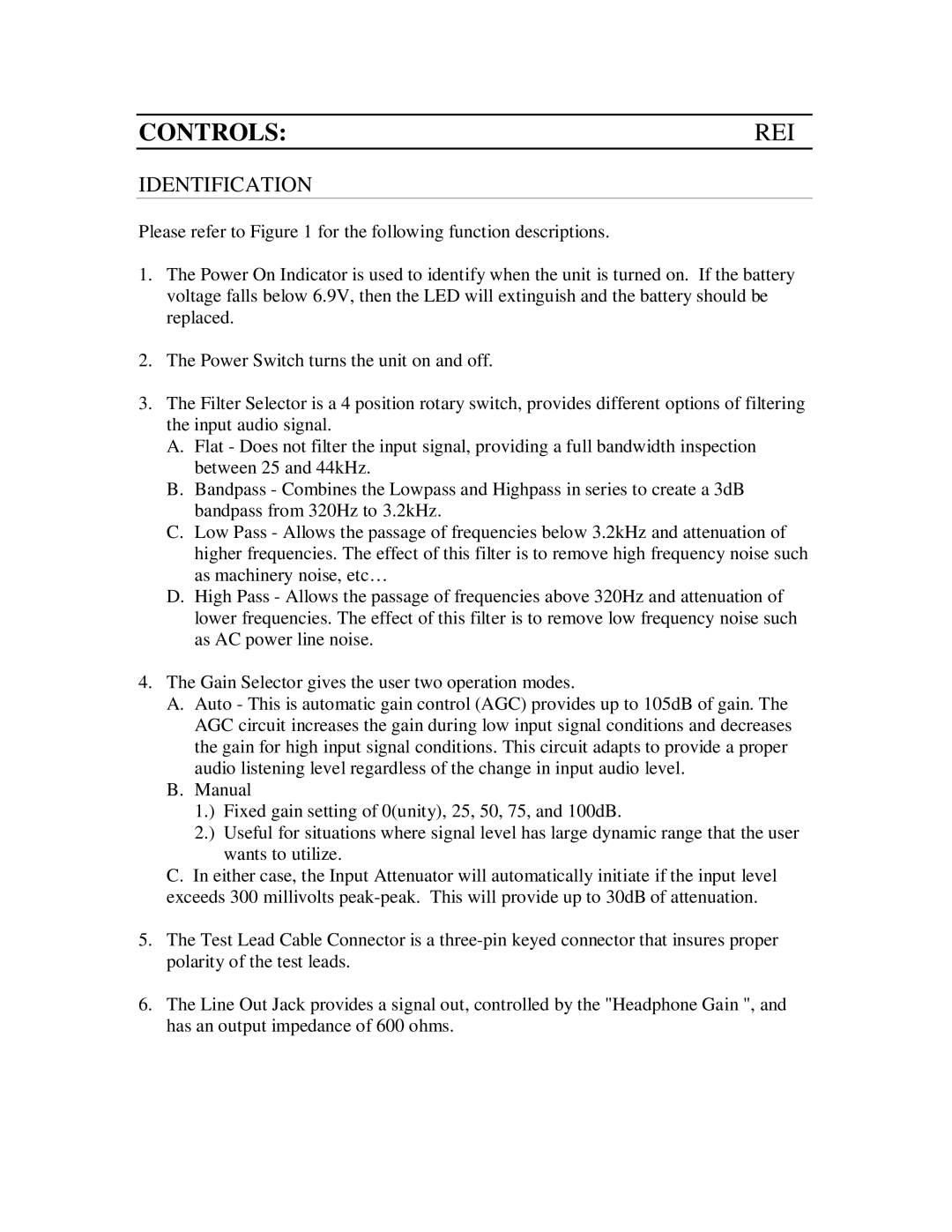CMA-100 specifications
The REI CMA-100 is a versatile and innovative outdoor equipment solution designed to elevate the outdoor experience for adventurers and explorers alike. Engineered with the latest in outdoor technology, the CMA-100 is ideal for hiking, camping, and various recreational activities.At the core of the CMA-100 is a robust construction that ensures durability and reliability in the face of rugged terrain. Made from high-quality, weather-resistant materials, it’s capable of withstanding the elements, making it a trustworthy companion in challenging conditions. The compact design allows for easy transportation and storage, making it perfect for both short trips and extended expeditions.
One of the standout features of the REI CMA-100 is its advanced modular system. This offers users the flexibility to customize their gear setup depending on the activity and personal preference. From adding extra compartments for gear organization to integrating specialized attachments for tools and accessories, the modular system enhances usability and functionality.
The CMA-100 also incorporates innovative weather shielding technology. Its advanced fabric weave provides enhanced water resistance while still allowing for breathability, ensuring comfort during varying weather conditions. This feature is particularly valuable for those unexpected downpours that can occur while enjoying nature.
Comfort is another key aspect of the CMA-100. The product features ergonomic design elements, including padded straps and a ventilated back panel, to minimize fatigue during long treks. These design choices ensure that the user remains comfortable even when carrying a fully loaded pack for extended periods.
Technologically, the CMA-100 is equipped with integrated hydration systems. This allows users to stay hydrated without interrupting their adventure. The system accommodates various hydration reservoirs, making it easy to fill up on the go.
Furthermore, the CMA-100 is designed to be environmentally friendly, with sustainable materials and practices involved in its production process. This aligns with the growing trend among outdoor enthusiasts who prioritize eco-conscious choices.
In summary, the REI CMA-100 stands out in the outdoor gear market for its durability, customizability, advanced technologies, and overall user comfort. Whether embarking on a day hike or a week-long camping trip, the CMA-100 is engineered to meet the needs of all outdoor lovers, ensuring a seamless and enjoyable outdoor experience.

